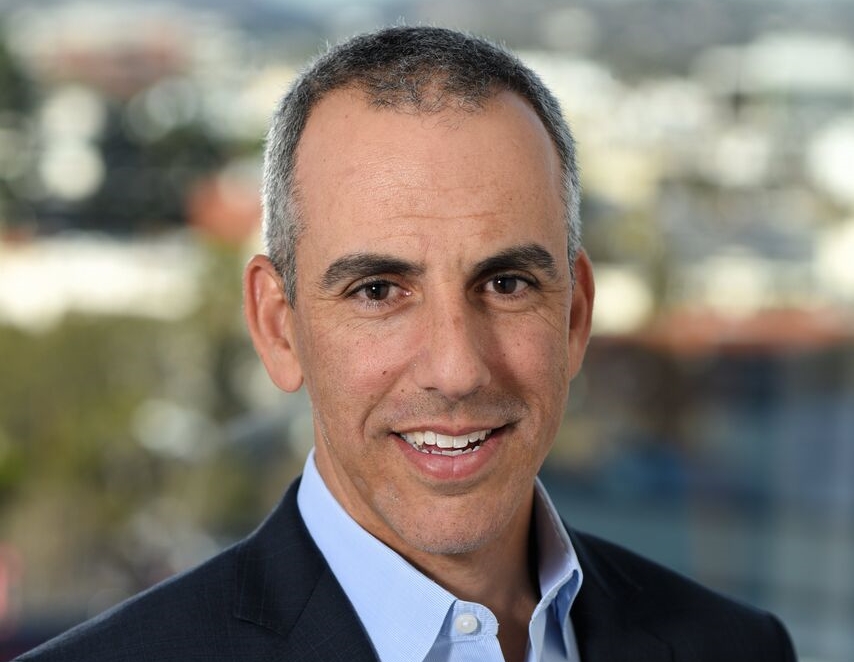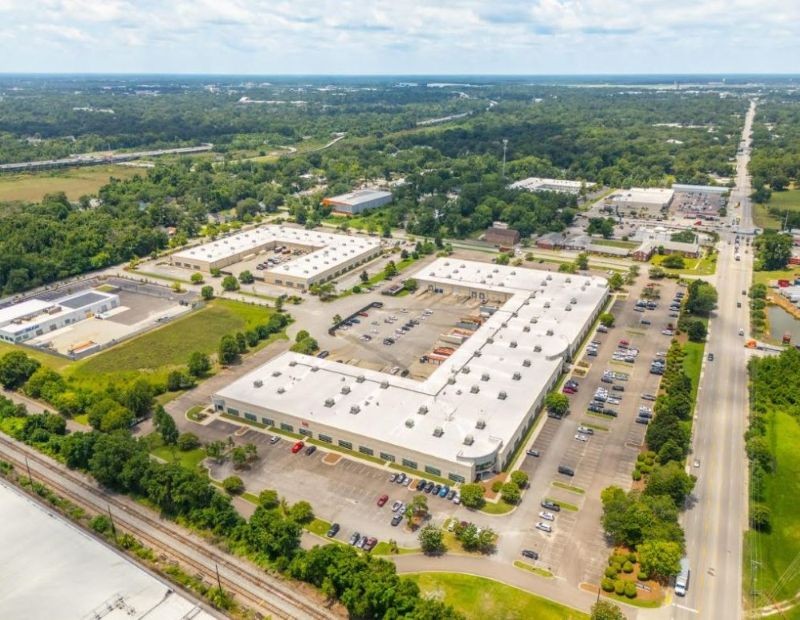Brian Good on the Growing Influence of Private CRE Lending
Commercial banks keep their lending standards tight, but opportunities do exist. "It's like turning lemons into lemonade," says iBorrow's CEO.

Over the next two years, some $2 trillion in CRE debt is set to mature. With banks restricting their lending, alternative lenders will fill a significant portion of that need.
In the below interview, Brian Good, CEO & managing partner of iBorrow, a nationwide direct lender that provides short-term bridge financing to commercial and multifamily property owners, talks about alternative lending trends, the implications of bank distress on the CRE market, and strategies for navigating the current environment effectively.
READ ALSO: How Much Longer Is ‘Higher for Longer’?
How should borrowers perceive the Fed’s latest moves? What solutions should they consider for their maturing loans?
Good: The Federal Reserve sounds resigned to keeping interest rates elevated at least through the end of 2024. The delay in any lowering of interest rates will put additional pressure on any CRE loans that are maturing in the next six to 12 months. The challenge is for those borrowers to find willing lenders.
Today’s alternative lender is filling the gap that the large commercial banks have created as they have withdrawn. Private credit funds are making headlines for all sorts of commercial lending, but the absence of bank lending has created new opportunities for specialist firms like iBorrow that were substantially out of reach during the recent period of ultra-low interest rates.
What advantages do alternative lenders bring to the table?
Good: Speed and the ability to get the deal done are two major advantages alternative lenders have. Flexibility is certainly one of iBorrow’s strengths. Our underwriting decisions are based on our team’s research and analysis along with their experience, and there is no bureaucracy. We want to work with entrepreneurial borrowers who have strong track records and solid business plans. When we see real estate borrowers like that, looking for the loans that will bring their visions to completion, we are eager to fund them.
The looming wave of CRE foreclosure is a significant concern for many borrowers. What advice do you have for businesses facing this challenge?
Good: Recent history provides some insight into the best path for these maturing loans. First, don’t expect rates to return to the levels of the ultra-low rate period again—certainly not anytime soon. Then find the route to funding that gives the best chance for success and get it done as quickly as possible.
Different sectors will have different routes. Performing multifamily, industrial and Class A office will continue to find alternative lenders available to them, even if the big banks don’t start lending. However, some segments—given the depth of their difficulties—may have few, if any, options.
How does the distress we are seeing with banks affect the overall commercial real estate financing market?
Good: Clearly, when large providers of credit must slow or stop their lending it makes it more challenging for borrowers. However, the distress in the CRE market is providing an opportunity for the larger banks with non-performing portfolios to get them off their balance sheets and sell them to investors. For the real estate investor, there are potential advantages to buying the right distressed paper, including higher yields and control of the property.
READ ALSO: Trends in Capital Markets
Are there any specific sectors or property types that present particularly promising opportunities?
Good: Industrial is particularly attractive to lenders right now. The growth of e-commerce is making logistics and warehouse assets much more important everywhere. The government’s push for increased American manufacturing is driving interest in light and heavy industrial as well. Multifamily is still resilient, and we have done a lot of residential deals, but as a lender, right now, I look very cautiously at most residential multifamily deals.
What expectations should businesses have when it comes to refinancing their maturing debt? Are there any strategies or best practices that businesses should consider?
Good: Expect to pay more. We have had low rates for such a long time that many real estate businesses haven’t had to operate in a period of negative cap rates. They will now have to learn how to run their businesses differently. Which leads to the next expectation: You had better be an excellent borrower with a solid track record. And finally, expect to demonstrate the road to profitability with your business plan.
Looking ahead, how do you expect commercial real estate financing to evolve? Are there any initiatives that CRE businesses should prepare for?
Good: Alternative credit and non-bank lending operated for many years without a lot of attention from the media, consumers or regulators. Given its rapid growth in terms of awareness, availability and market size, alternative lending is already getting a closer look by government and regulators. Changes to the regulatory environment around private credit are very likely in the coming years, so participants should get prepared.
I think uncertainty over interest rates is something that businesses will have to deal with—at least through the election in November. Uncertainty is an obstacle for most investors. The largest investors can be early, but most must wait.







You must be logged in to post a comment.